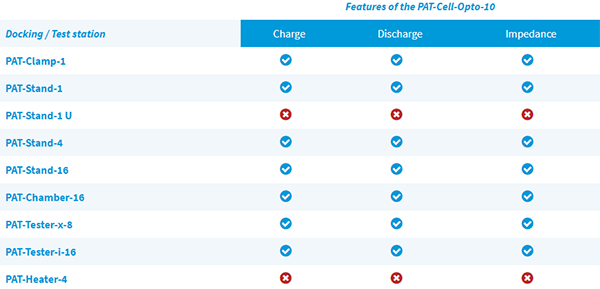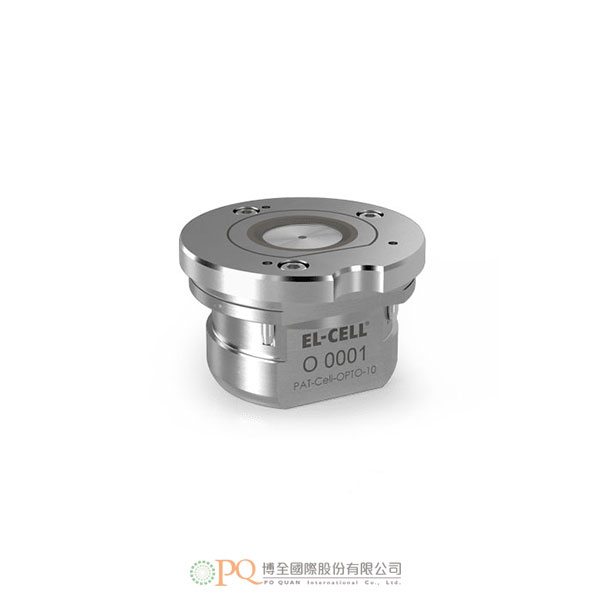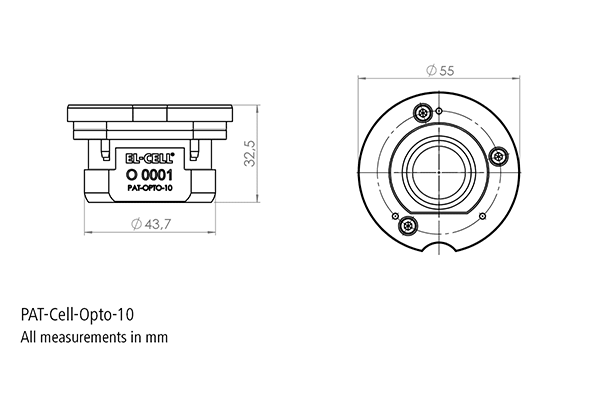PAT-Cell-Opto-10
PAT-Cell-Opto-10 型號:PAT-Cell-Opto-10Next generation PAT series test cell for operando characterization of electrodes using optical methods such as light microscopy or Raman spectroscopy in reflection mode.
- High cycling stability due to improved sealing concept
- Electrodes are easily accessible for post-mortem analysis
- Dedicated sample holders for different electrode arrangements available
- Cableless cell connection via PAT socket
-
PAT series test cell for optical characterization in the reflective mode
Product description
The PAT-Cell-Opto-10 is an advanced next generation battery test cell. It is designed for in-situ characterization of electrodes using methods such as light microscopy, Raman spectroscopy, XRD in reflection mode.
A newly developed sealing concept utilizing laser-welded glass-to-metal electrode feedthroughs and foil seals substantially increases cycle stability compared to the previous generation. We further optimized the cell design for easy assembly. Dedicated sample holders for side-by-side and face-to-face arrangements of electrodes vastly improve the handling.
The PAT-Cell-Opto-10 utilizes the cableless PAT socket for cell connection. This way, it can be directly plugged into a PAT battery tester like the PAT-Tester-x-8 or a PAT docking station to connect it to a third-party battery tester.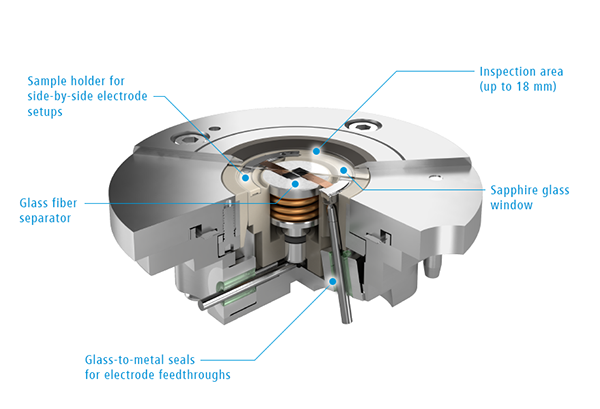
Sample test results
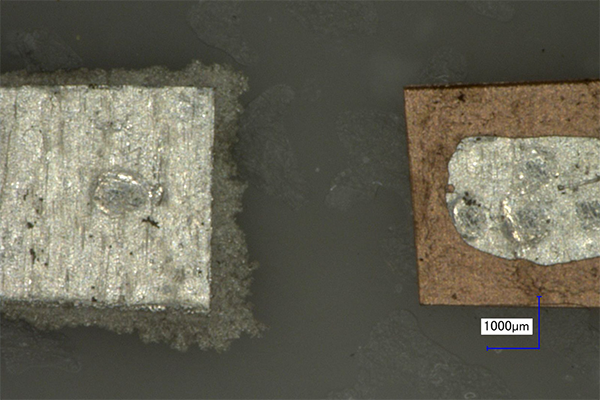
The picture shows two lithium metal electrodes – 20 µm lithium foil laminated on copper foil – beneath the sapphire window of the test cell. The electrodes are embedded into a glass fiber separator soaked with electrolyte. Applying a current of 20 µA for 5 hours makes the lithium to dissolve from the supporting copper foil (right electrode) and to plate as dendrites on the opposite side (left electrode).
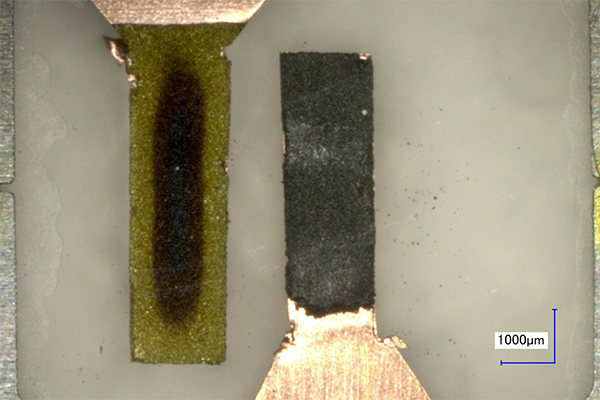
The picture shows two graphite electrodes embedded in a glass fiber separator soaked with electrolyte. The graphite electrode on the left is being lithiated from the lithium metal electrode below the separator. From the color change, one can infer the lithiation gradient within the graphite electrode. The right graphite electrode can be used in a follow-up experiment to send lithium ions back and forth between the two graphite strips.
Gallery
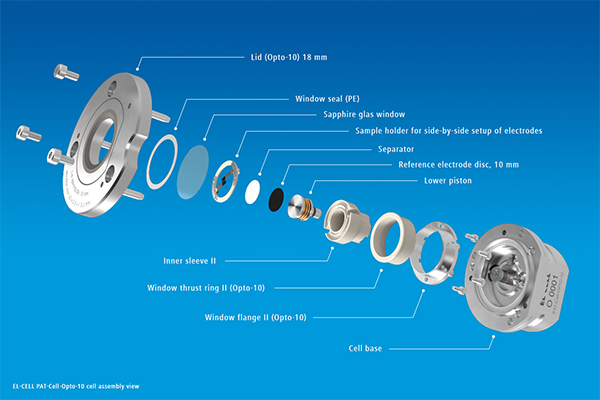
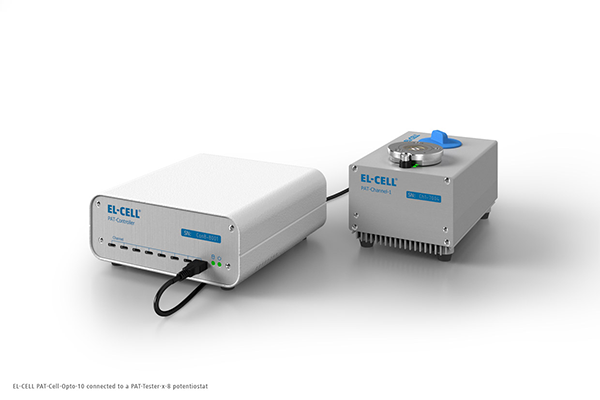
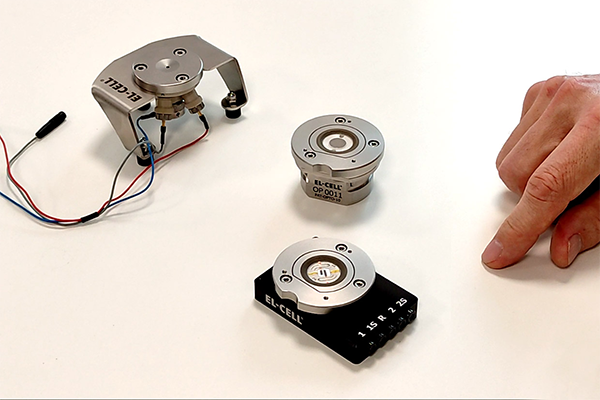
-
Compatible PAT docking stations and potentiostats
